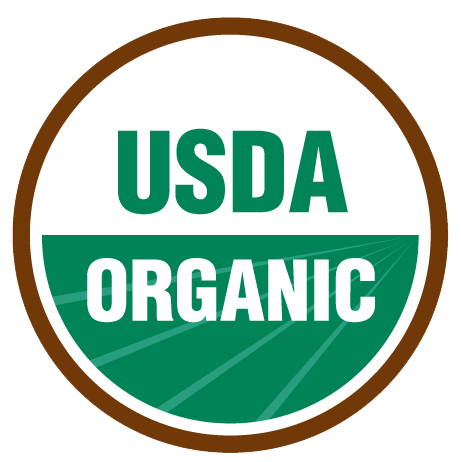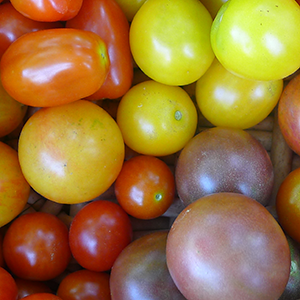
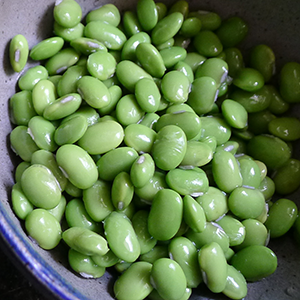
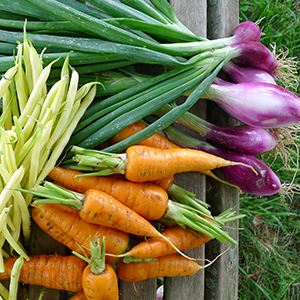

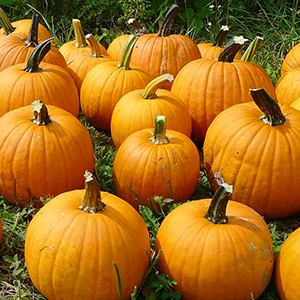
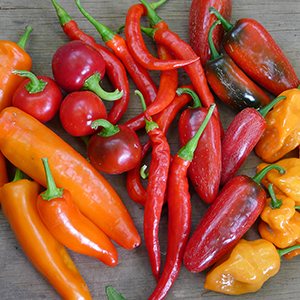
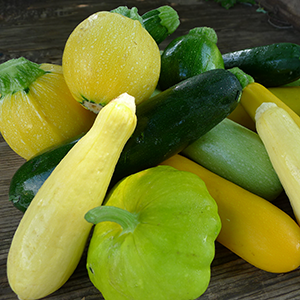



News and Notes | The Anchor Run Blog
Displaying a Single Post |
Show Recent Posts
June 24, 2024
Now What!? Workshops Recap
by Gia Yaccarino
Now What!? Workshops Recap
by Gia Yaccarino
I love doing the Now What!? Workshops! I meet so many people and I get to talk about the farm! And this year was the same! Doing two back to back weekends between Memorial Day and Father’s Day seemed to work really well!
Each day was different as far as the number in attendance and the number of years they had been farm members. I think everyone, myself included, learned something new!
Explore the Anchor Run Farm website
The Anchor Run website is a wealth of information! You have access to previous newsletters, a ton or recipes arranged by vegetable, and Veggies 202 - an overview of the vegetables included in your share. I strongly encourage you to explore the website!
Herbs
Many people asked about what to do with the different herbs. During the 2022 Growing Season starting with week 8, I wrote a weekly article for the newsletter about the different herbs available at Anchor Run CSA. Please check it out!
My Favorite Cookbook
Of all of the cookbooks I own, my very, very favorite is From Asparagus to Zucchini. It includes storage tips, cooking tips and a bunch of recipes, arranged alphabetically by vegetable. It has been indispensable! It is available on Amazon.
Greens, Greens and More Greens!
A common question this year (and last year and the year before…) is what to do with all of the greens. My advice is to consume the more delicate greens first – the lettuce mix, head lettuce (such as the newham, lovelock). And you don’t need to limit yourself to salads – lettuce leaves are great to use for wraps. Tuna salad, chicken salad, egg salad, hummus – these are all great wrapped in a leaf of lettuce!
For radish greens and turnip greens and even the kale sometimes – I blanch and then form into a ball and squeeze out the extra water. The ball then goes into a zip lock bag in the freezer for the winter (for me) or 2 weeks later for a frittata (like one member told us!). When I blanch the kale, I take the leaves off of the center rib. I save this to make Kale Stem Pesto! This was one of the recipes I brought to share with the participants, and it got rave reviews! One member shared that she freezes the kale leaves raw. She also removes the center rib and then lays the leaves flat on top of each other. This was a new technique I learned!
The romaine and escarole are great grilled. I cut the heads in half and rinse, then grill (or place in a large skillet) with some olive oil face down first. Once that side is done, flip and cook some more. Once it is done cooking, I turn off the heat, spray with olive oil, balsamic vinegar and sprinkle with parmesan cheese and cover so the cheese gets all melty. I shared grilled escarole with the members, and they really enjoyed it!
Something I tried to get across was that greens are interchangeable in most recipes – you just need to think of the greens in terms of their bitterness. Use a green with a similar bitterness profile as the one you need the substitute for. https://blog.ohiohealth.com/your-guide-to-leafy-greens/
Kohlrabi and Root Vegetables
Another recipe I brought was a little different between the first week and the second week
- Week 1 included Bok choy, Komatsuna, sliced radishes and sliced turnips. I started cooking the Bok choy and Komatsuna stems (chopped) with the radishes and turnips in olive oil. Once they where done I turned off the heat and mixed in the thinly sliced Bok choy and Komatsuna leaves.
- Week 2 included sliced radishes, turnips and kohlrabi which I cooked in 1 cup of better than bouillon.
The next part is the same for both weeks – I created a sauce from teriyaki sauce, Bragg’s Ammino Acids (or soy sauce) and peanut butter. I then added the cooked veggies to the sauce and stirred to coat them. Tasting this recipe was a great way to answer the second most common question – what to do with Kohlrabi and all the root vegetables!
Another option is to enjoy them with a dip or hummus! A member from a previous year’s Now What Workshop had shared this idea: slicing the radishes very thin and sautéing them and then enjoying them in a sandwich.
Questions on vegetable storage also came up
I use specific containers by Rubbermaid which have a tray on the bottom to keep the vegetables away from any condensation. You can accomplish the same end effect by placing a paper towel in the bottom of the container or in the plastic bag.
Pickling vs Fermenting
I was asked what the difference between pickling and fermenting is. I responded that they are totally different (but how!?) and that fermenting takes place in an anaerobic environment but I was unable to fully articulate the differences between the two. Let me now provide an answer which includes how they are different. In short – pickling uses an acidic medium such as vinegar to preserve the food. It is the acidic medium which provides the sour taste. Lactic Acid Fermenting involves a chemical reaction! The chemical reaction is what creates the sour taste. By submerging the vegetable is a salty brine (usually 2-3%), microorganisms (bacteria, yeast) break down sugars and produce healthy microbes (probiotics). This environment is also inhospitable to harmful bacteria – so it’s a win-win situation! https://www.thekitchn.com/whats-the-difference-between-pickling-and-fermenting-229536
Dehydrated Delites
I also shared some of my dehydrated treats – cucumbers, zucchini, beets, carrot, cantaloupe and even watermelon! These seemed to be the favorite of all the treats I brought!
Miscellaneous Notes
The Bok Choy Mexican Casserole which I mentioned during some of the workshops is listed on the recipes page. Tomatoes, tomatillos, and peppers are all things I have successfully frozen whole and raw. Painters tape is great for labeling since it does not leave a residue and stays on in the freezer. Blanch - briefly submerged in boiling water and then immediately cooled in ice water to stop further cooking.
In Closing
What I hoped to get across to the members was that enjoying your CSA harvest does not need to be difficult! Things which work in my household might not work in yours. The trick is finding what works in your own household – and hopefully the exchange of ideas at the workshops helped members with that! When you are in the pick up room – ask the other members there what they have been doing with whatever you have been challenged with – I bet you will get a ton of great suggestions. And as soon as you feel you have conquered whatever your challenging vegetable is – I guarantee you that the next wave of vegetables will be upon us!

POSTS BY TYPE
POSTS BY MONTH
